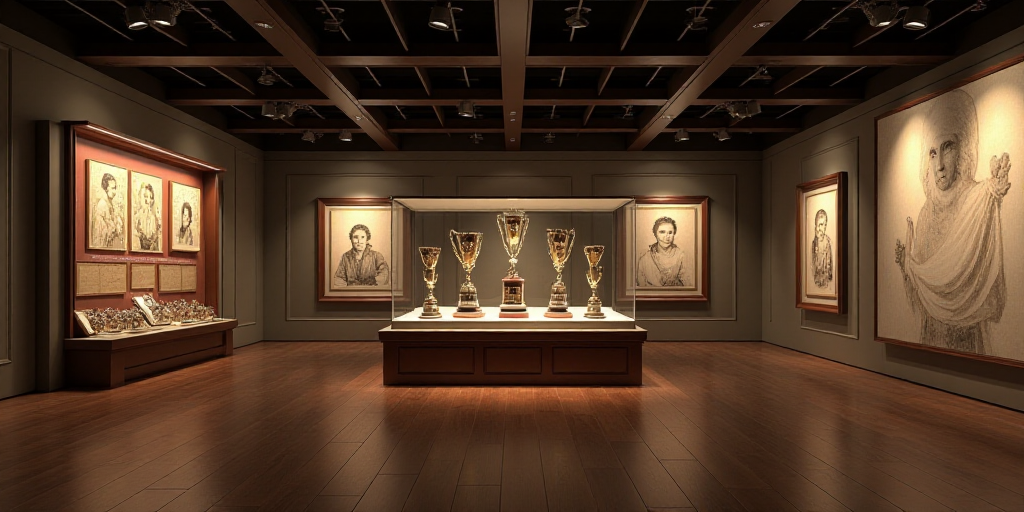Introduction
The UNESCO has unveiled a virtual museum showcasing cultural artifacts that have been looted or stolen, including a Zambian ritual mask, a necklace from the ancient city of Palmyra, and a painting by Swedish artist Anders Zorn. This initiative aims to raise awareness about the global trade of cultural heritage.
The Virtual Museum
Designed by Burkina Faso architect Francis Kéré, who won the Pritzker Prize in 2022, this interactive platform currently features around 250 objects, offering a glimpse into an extensive issue affecting at least 57,000 items, according to Interpol, a partner in this initiative.
“This is a unique museum in the world,” stated UNESCO Director-General Audrey Azoulay, who launched the project in 2022.
Through this unique space, UNESCO shares the challenges of combating the illicit trafficking of cultural goods, which damage memories, disrupt generational links, and hinder scientific progress.
Exploring the Virtual Museum
As visitors explore this “digital sanctuary,” they can discover and examine (thanks to 3D modeling) these missing objects, trace their origins and functions (ritual, warfare, decoration), accompanied by stories, testimonies, and photos.
“The goal of this museum is to highlight these works, give them visibility, and restore pride to the communities they belong to. Each stolen piece carries fragments of identity, memory, and ancestral knowledge of its culture of origin,” explains Sunna Altnoder, head of UNESCO’s unit against illicit trafficking.
Future Aspirations
The initial collection will grow with more stolen artifacts, once modeled. However, UNESCO hopes that, in the long term, its “Gallery of Stolen Cultural Artifacts” will gradually empty in favor of the adjacent “Room of Returns and Restitutions,” where recovered or returned pieces will be displayed.
“The starting point is… even that the museum closes because all objects will have been recovered,” asserts Sunna Altnoder.
Building a Coalition
This initiative also seeks to bring together stakeholders involved in the trafficking of cultural heritage.
“We need a network – with police forces, judicial systems, the art market, member states, civil society, and communities – to defeat another network, which is the criminal network,” highlighted Altnoder.
Understanding Illicit Trafficking
Illicit trafficking of cultural goods is a lesser-known criminal activity, with Interpol’s database serving as the primary source of information. This crime encompasses looting heritage in conflict zones, illegal archaeological excavations, theft from cultural institutions, and art forgery.
Key Questions and Answers
- What is the purpose of the virtual museum? The museum aims to raise awareness about the global trade of cultural heritage and highlight the challenges of combating illicit trafficking.
- Who designed the virtual museum? The virtual museum was designed by Burkina Faso architect Francis Kéré, who won the Pritzker Prize in 2022.
- What is the long-term goal of UNESCO’s virtual museum? UNESCO hopes that its “Gallery of Stolen Cultural Artifacts” will eventually empty in favor of a “Room of Returns and Restitutions,” showcasing recovered or returned pieces.
- Who are the stakeholders UNESCO aims to bring together? UNESCO seeks to unite police forces, judicial systems, the art market, member states, civil society, and communities to combat illicit trafficking.
- What activities fall under illicit trafficking of cultural goods? Illicit trafficking includes looting heritage in conflict zones, illegal archaeological excavations, theft from cultural institutions, and art forgery.






